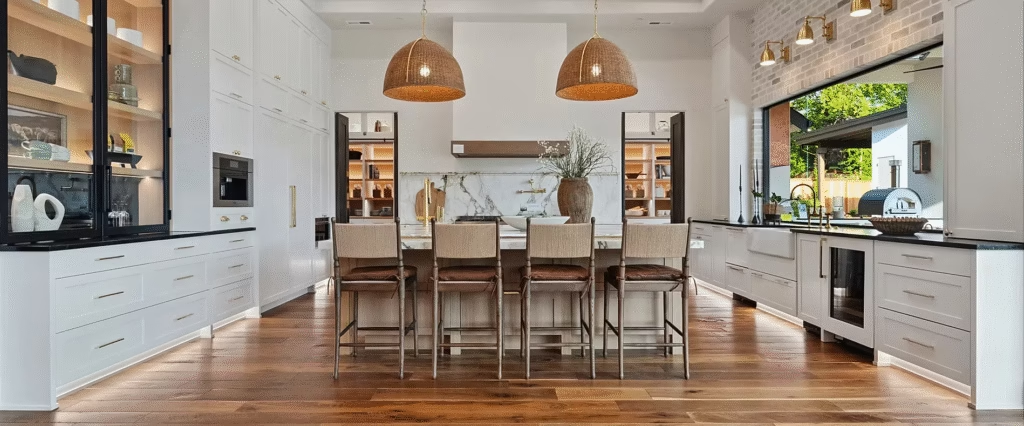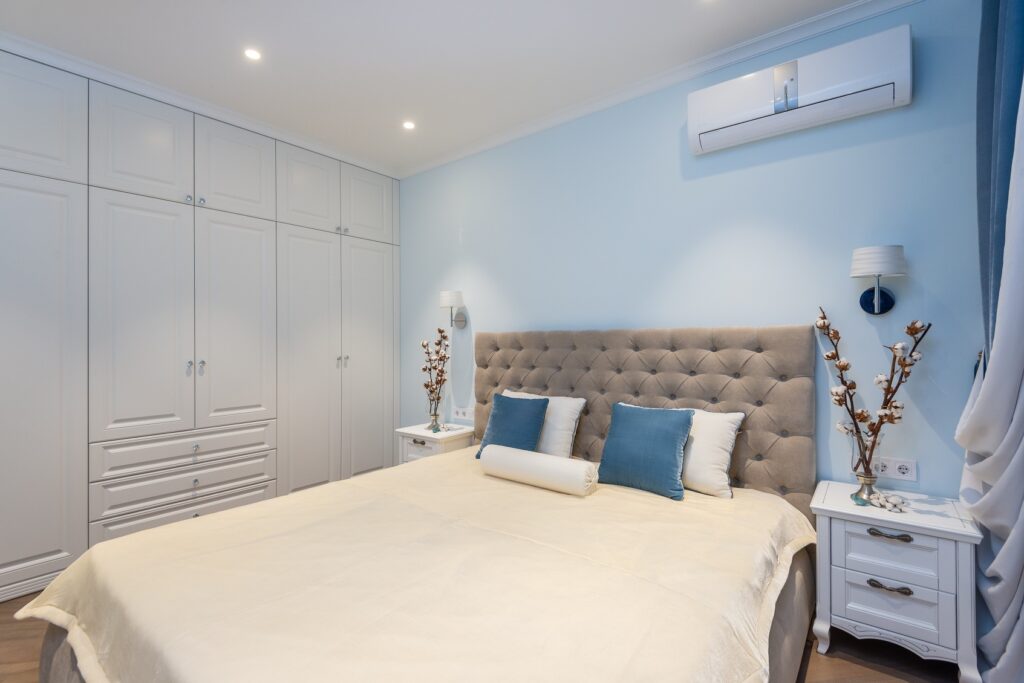Smaller homes and compact living areas often present unique challenges during the selling process. When prospective buyers enter a small space, their first impression is shaped by how open, functional, and inviting the environment feels. Without thoughtful preparation, compact rooms may appear confined or less practical, making it difficult for buyers to visualize their possibilities. Yet with the right approach, even the smallest spaces can communicate comfort, flow, and appealing potential.
Creating positive buyer perception begins with understanding how people interpret scale and function in a home. Buyers look for flexibility and a sense of ease as they move through each room, and compact spaces must be arranged in ways that minimize visual limitations. By shaping the experience through intentional placement, improved brightness, and subtle design strategies, homeowners can dramatically shift how buyers evaluate the space. These adjustments help convert perceived limitations into assets that contribute to charm and livability.
Professionals who specialize in preparing compact homes for the market, including Greylyn Wayne, emphasize how important it is to create both clarity and warmth. Proper preparation can transform small rooms into inviting environments that feel larger, brighter, and more balanced. Through strategic visual guidance, homeowners can ensure that each area communicates purpose and comfort.
Clarifying the Function of Each Area
One of the most effective ways to improve buyer perception in small spaces is to present every area with a clear function. Undefined corners or ambiguous layouts can make compact rooms feel disorganized, reducing overall appeal. When buyers instantly understand the intended purpose of each section, the space feels more intuitive and efficient.
Assigning a function to each area does not require elaborate furniture or extensive redesign. A simple seating arrangement, a small reading nook, or a thoughtfully placed table can communicate how the space might be used. Clear definition also helps reduce visual confusion, guiding the eye smoothly and reinforcing a sense of order. Buyers often respond positively when they can mentally map out how daily life might unfold within the home.
Using Scale to Your Advantage
Proportion plays a major role in shaping how buyers interpret compact rooms. Oversized furniture can overwhelm limited square footage, making the environment feel cramped. Conversely, furniture that is too small may create an uncomfortable or awkward visual imbalance. Selecting appropriately scaled pieces ensures that the room appears harmonious and welcoming.
Multi-purpose furniture is especially effective in compact spaces. Pieces such as ottomans with hidden storage, small tables with adjustable height, or compact sofas help maximize usability without creating clutter. These selections demonstrate how the space can serve multiple needs comfortably. When buyers see that the room can adapt efficiently, they view the home as more practical and valuable.
Enhancing Openness Through Layout
Layout significantly influences how spacious a small room feels. Open pathways and unobstructed sightlines create a sense of breathing room, even when floor space is limited. Strategic arrangement ensures that buyers move easily throughout the home, allowing them to experience its flow naturally.
Keeping furniture away from entry points and avoiding crowded corners helps create this open feel. Angling certain pieces or using floating furniture arrangements can soften edges and create gentle visual movement. These subtle adjustments contribute to a more expansive experience, shifting the buyer’s perspective in positive ways.
The Power of Light and Brightness
Light is one of the most powerful tools for enhancing the feel of compact areas. Proper lighting eliminates shadows that can make a room feel smaller, replacing them with an inviting glow. Natural light is especially valuable, and homeowners can maximize it by keeping windows unobstructed, using sheer curtains, or incorporating reflective surfaces.
Artificial lighting also plays an important role. Layered illumination, combining overhead lights with lamps and accent fixtures, adds depth and dimension. These layers prevent the space from feeling flat or confined. Midway through the preparation process, many professionals, including Greylyn Wayne, highlight lighting as a foundational element that dramatically shifts buyer experience.
Minimizing Visual Weight
Visual weight refers to how heavy or intense an object appears within a room. Items with strong patterns, dark colors, or bulky shapes can make compact rooms feel more crowded. By contrast, pieces with clean lines, lighter tones, and simple textures reduce visual heaviness, making the environment appear more open.
Keeping accessories minimal also helps maintain balance. While decorative elements add personality, too many pieces compete for attention, creating clutter. A purposeful selection of accessories enhances the space gently without overwhelming it. This mindful approach encourages buyers to notice the room’s strengths rather than its size.
Creating Cohesion Through Color and Texture
Consistency is essential for compact spaces. When colors and textures flow harmoniously from one room to the next, the home feels more unified and therefore more spacious. Subtle variations within a cohesive palette maintain interest while reinforcing continuity.
Textures provide depth without adding bulk. Soft fabrics, natural fibers, and smooth surfaces guide visual movement and create balance. These layers add comfort and character in a way that supports openness and simplicity. Cohesion also reduces distraction, allowing buyers to appreciate the home’s overall atmosphere.
Highlighting Storage Opportunities
Buyers value storage, especially in smaller homes where organization is essential. Highlighting built-in shelves, closets, or creative storage solutions helps buyers see how the space meets everyday needs. When storage is demonstrated clearly, it reduces concerns about functionality and enhances overall confidence.
Even simple adjustments, such as neatly arranged shelves or well-organized cabinets, contribute to a positive impression. These details help the home feel intentionally designed, supporting a sense of ease and practicality.
Conclusion: Making Compact Spaces Feel Large With Intention
Improving buyer perception in small living areas requires a thoughtful combination of clarity, openness, and subtle enhancement. When each area has a defined purpose, when light brightens every corner, and when design choices support fluid movement, compact spaces feel far more inviting. Through these intentional adjustments, homeowners can reveal the true potential within smaller rooms and create an experience that resonates emotionally with buyers.
By approaching compact spaces with care and strategy, professionals like Greylyn Wayne demonstrate that size is only one aspect of a home’s appeal. What matters most is how the environment feels, how it functions, and how easily buyers can imagine themselves living comfortably within it.






